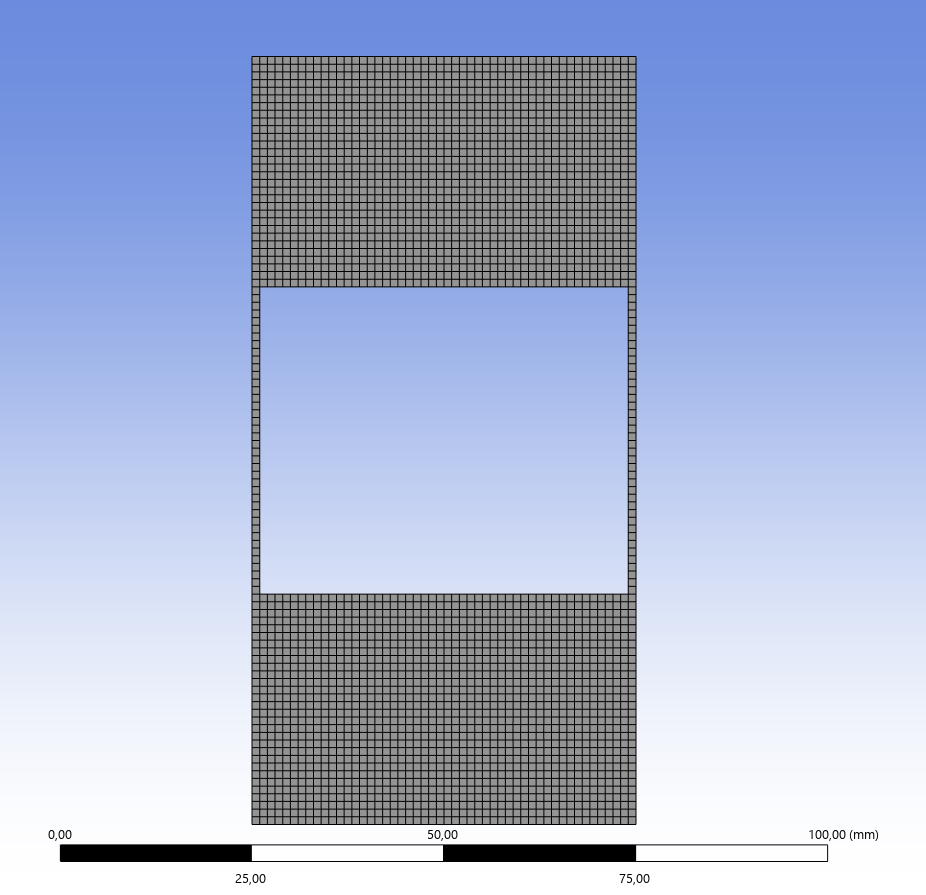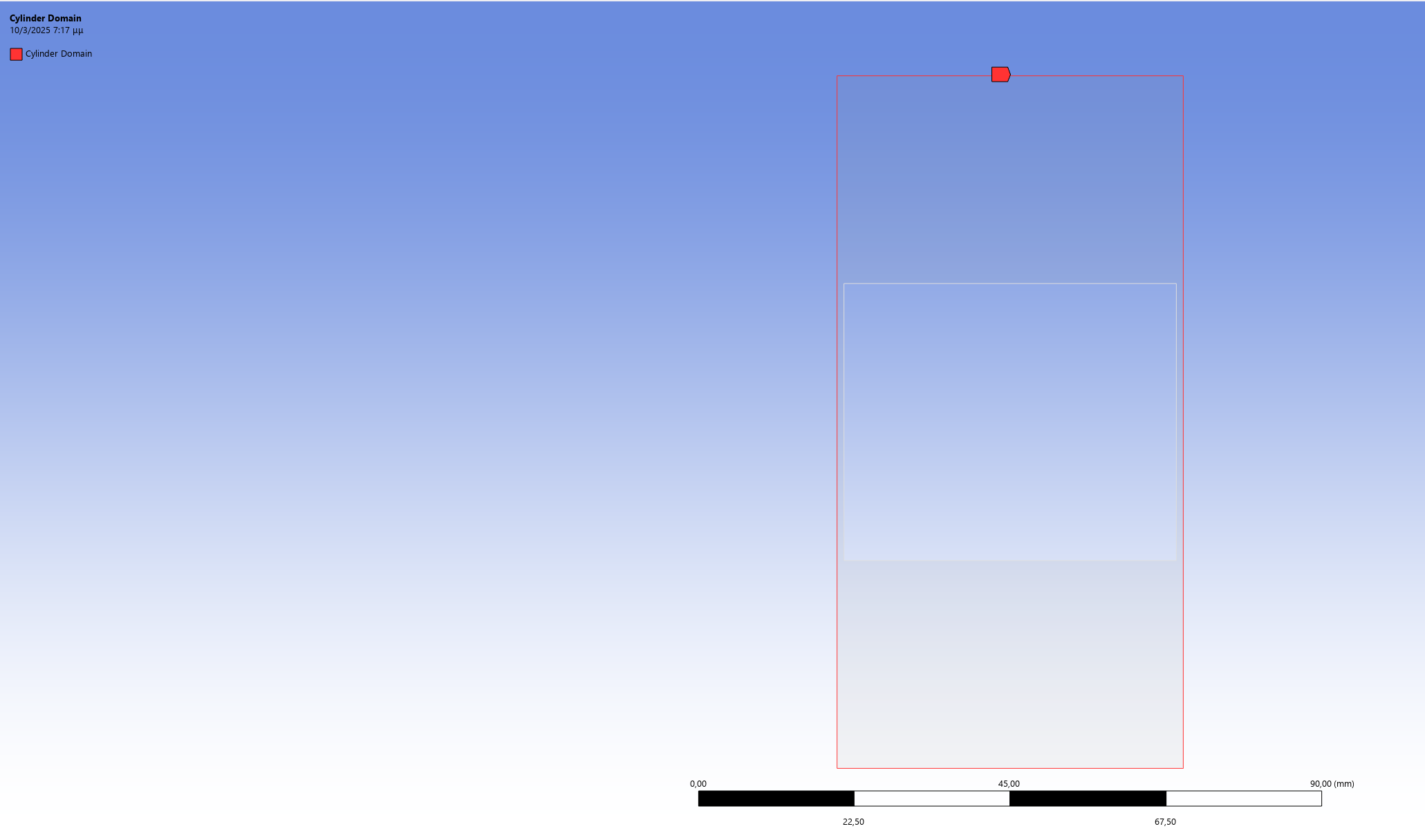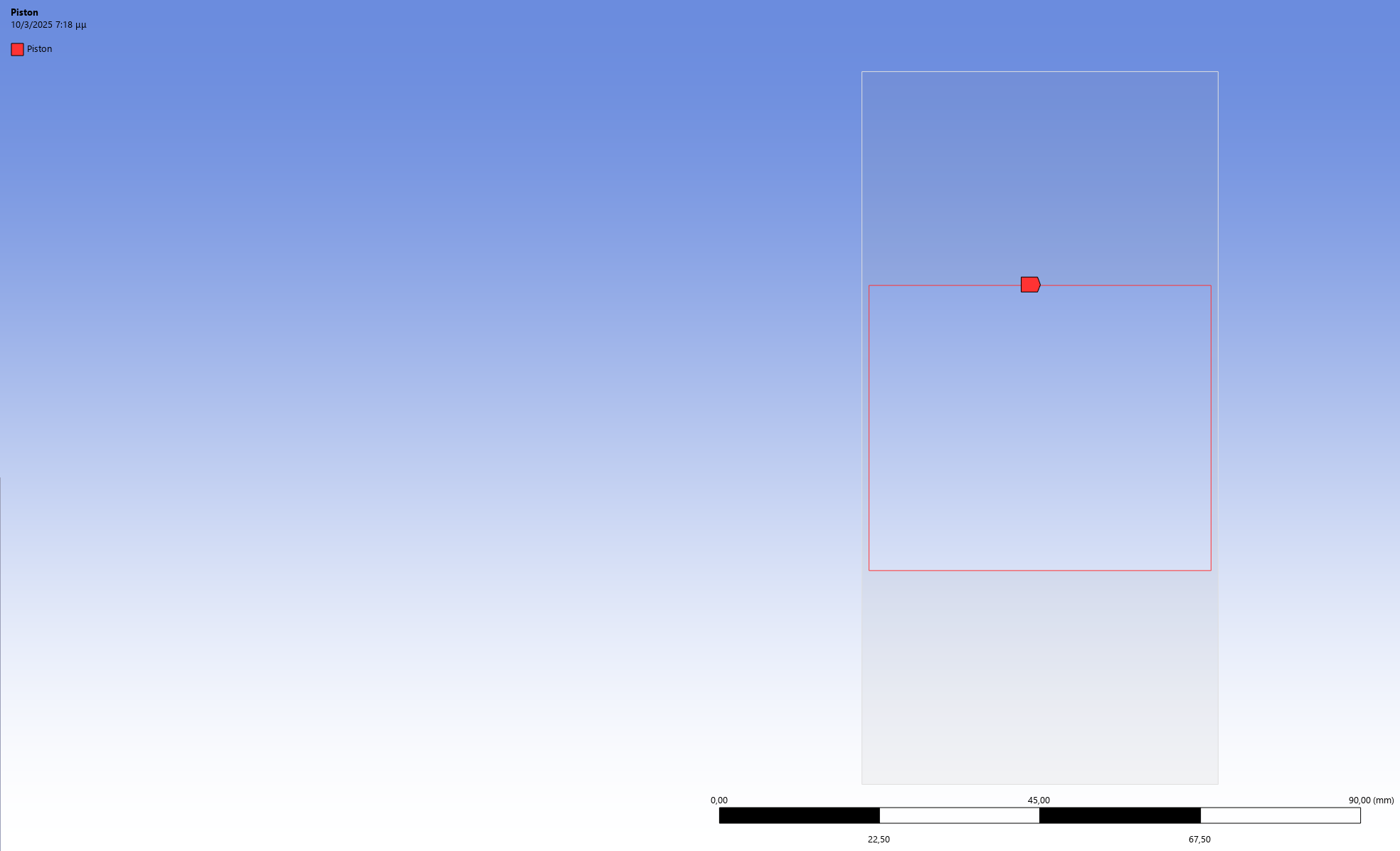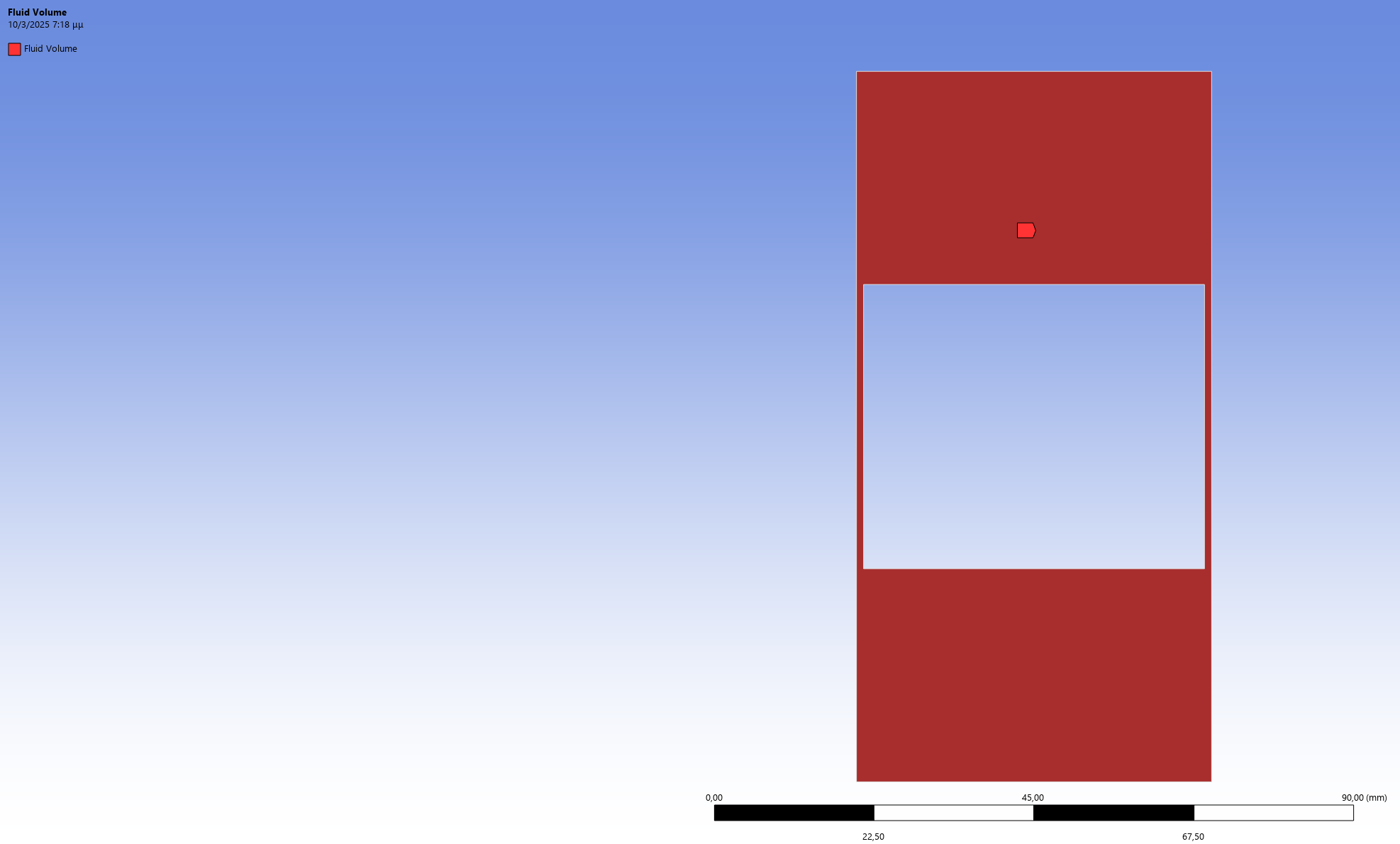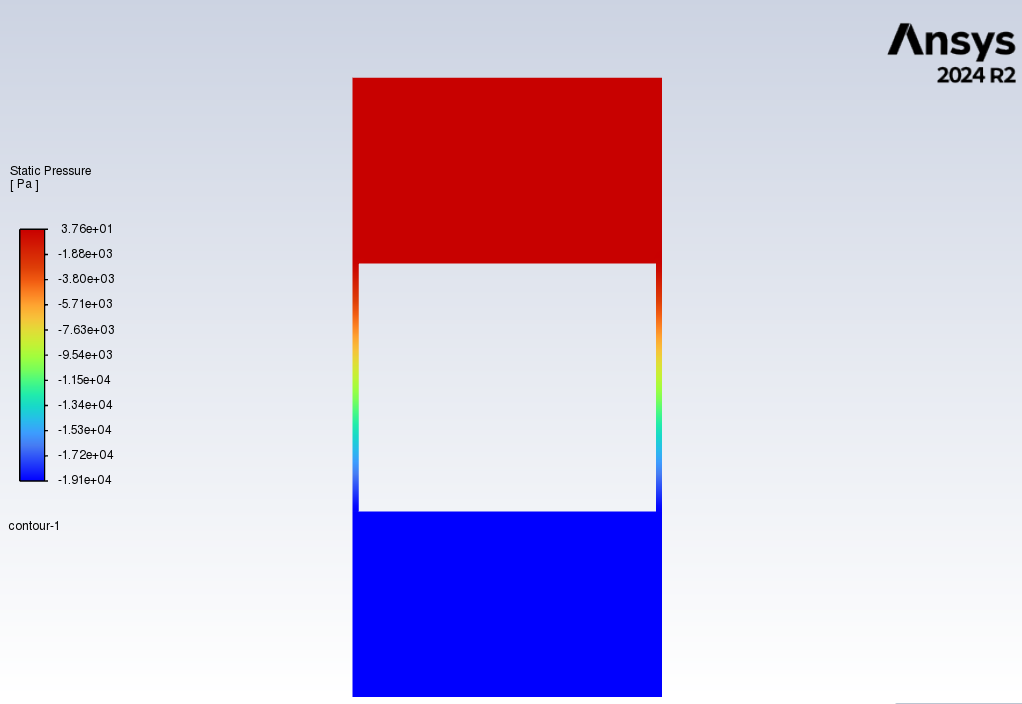TAGGED: 2d-cfd, damper, fluent, piston, piston-motion
-
-
March 10, 2025 at 5:31 pm
Thanasis Profilis
SubscriberI am trying to create a 2D model for a simple single tube car damper. So it is just the piston and the fluid inside the cylinder. I am using Ansys Fluent with Workbench, so from what I understand I should create the geometry and named selections so that I have: the damper cylinder wall boundaries, the piston wall boundaries and the fluid volume in between (all are attached in the pictures below).
My question is about the mesh. Since I have a moving piston, would using a simple quad mesh be a wrong approach? In the case of moving boundaries, is dynamic meshing the only correct approach? If so why?In the boundary conditions I set the cylinder boundaries as a "stationary wall", and the piston boundaries as a moving wall with a translational speed (5m/s) in the y-direction (vertical). In the cell zone conditions I assigned the fluid volume to the fluid of choice.
I selected "Laminar Flow" and left "Energy" and "Heat Exchanger" to Off. I selected "Pressure Based" Solver, "Planar" for 2D Space, "Absolute" Velocity Formulation and "Steady" Time, in order to get an idea of what happens as soon as the piston starts to move. Is choosing "Steady" a problem?In the Pressure Contour in the Results, in Static Pressure, there are negative values. I assume this means I have made some mistakes. What does the negative pressure show? What mistake could cause the negative values? Is it just that the pressure falls below the pressure of the atmosphere? Still, would that make sense?
Thanks in advance for your time. -
March 12, 2025 at 12:36 pm
Federico
Ansys EmployeeHello,
This type of problem typically makes use of Dynamic Mesh with the Layering approach. 13.6.2.2. Dynamic Layering
For the pressure, these contours are Gauge pressure relative to your operating conditions. The default is 101.325kPa. You can plot Absolute Pressure instead if you want to avoid negative pressures.
-
March 20, 2025 at 10:46 am
Thanasis Profilis
SubscriberHello, thanks for the quick response,
So trying to model the problem without dynamic meshing would not work. I assume that means that a "Steady" Time would not work, (even if I want to see what happens only after the initial movement of the piston occurs?), and the problem can only be modeled with "Transient" Time, is that correct?
Using a dynamic mesh also requires a UDF file?
So regarding the pressure, negative values should not be a concern in the static pressure contour. I just don't know whether in a real damper there could be pressure values below the atmospheric pressure.
Technically, if I give a very low value for the pressure in the operating conditions, I should not get negative values in the Static Pressure Contour, could I use this as a way to verify the Results?Thanks in advance for your time
-
- You must be logged in to reply to this topic.



-
4808
-
1587
-
1386
-
1242
-
1021

© 2026 Copyright ANSYS, Inc. All rights reserved.

